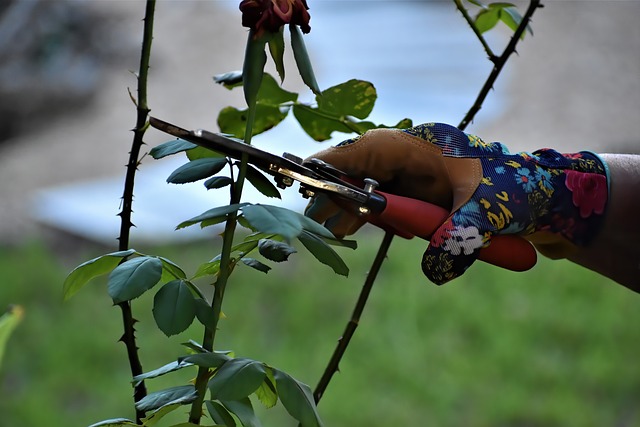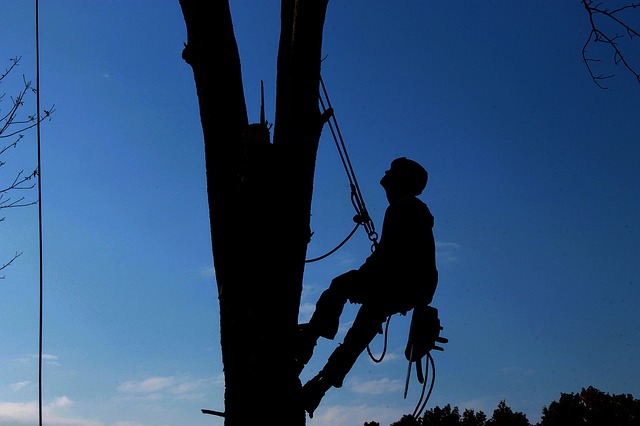Pruning is a necessary part of tree maintenance, as it helps to promote the health and longevity of trees. Knowing when a tree needs Pruning can be difficult. However, there are certain signs to help determine if a tree needs Pruning. These signs vary based on species and size of the tree but generally include dead or diseased branches, crossed or rubbing branches, weak branch unions, suckers growing from roots, and branches that are too close to buildings.
Dead or diseased branches should be removed immediately as they may cause further damage to the tree if left untreated. Branches that cross or rub against one another should also be removed in order to reduce the risk of abrasion wounds that can lead to decay. Weak branch unions are common in trees with multiple trunks and should be evaluated by a trained arborist as they may require cabling or bracing in order to reduce the risk of failure. Similarly, suckers growing from the roots should also be addressed promptly as they compete for resources with healthy growth. Finally, any branches that are too close to buildings should also be pruned back in order to reduce potential damage in case of windy conditions or heavy snow load.
In order to ensure proper pruning techniques are used and no unnecessary harm is done to the tree, it is important for homeowners to hire an experienced arborist who can assess the specific situation and recommend an appropriate plan of action for each individual species and size of a tree.
Assessing The Health Of A Tree
Once signs of a tree needing to be pruned have been identified, an assessment of the tree’s health should follow. A tree health assessment is the process of identifying, evaluating, and monitoring the overall health of a tree. It involves a detailed inspection of its condition, structure, and growth patterns. This can include examining leaf color and texture, bark characteristics, root systems, and crown shape. A tree risk assessment is also conducted to identify any potential hazards posed by the tree in its surroundings.
The purpose of these assessments is to determine whether the tree requires further treatment or management such as fertilization, pest control or Pruning. Professional arborists are able to use their expertise in plant biology and ecology to accurately evaluate a tree’s health. They may use specialized instruments such as handheld magnifying lenses or digital microscopes to inspect individual leaves or branches for signs of damage or disease. Additionally, they may employ soil sampling techniques or aerial photography to gain a wider perspective on the overall state of the tree’s health and environment.
Tree health evaluations should be done regularly in order to ensure that trees remain healthy and retain their aesthetic value over time. The frequency at which these inspections occur depends on the species type, age and condition of the tree as well as environmental factors such as temperature, light levels and moisture content in the soil. Regular monitoring will help identify changes in growth patterns or decline in health before it becomes a major problem that requires costly treatments or interventions.



